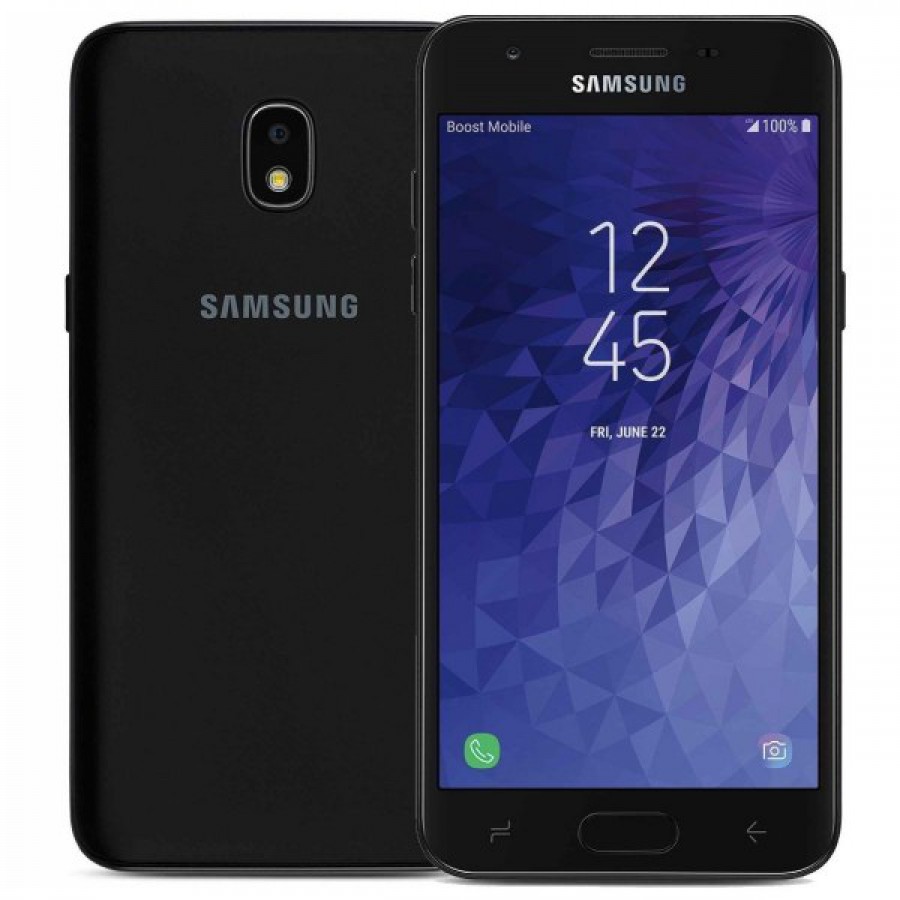Table of Content
If you enjoy solid, round, full audio and want a smart assistant added in, you can’t go wrong with this speaker. At this price, it’s finally an easy recommend for just about anyone out there. The Home Max was introduced in 2017, and while time moves quickly in smart home tech, it seems a little fast to be pushing a flagship product to the wayside. In reality, however, Nest Audio – Google's most recent smart speaker line – takes everything the Home Max does and adds a little more.

The center of this panel, demarcated with a short straight line, is the play/pause button. We found these controls to be exceptionally responsive, but, of course, you can also just talk to the Home Max. Works as a mono speaker, a stereo pair, or part of a whole home audio system. Google had not previously indicated that it had halted production of the speaker, so the retirement comes as a bit of a surprise. The Home Max only made its debut in December 2017 alongside the Home Mini.
Audio Performance
When the new Nest Audio speaker was announced in September 2020, the audio upgrade provided by custom speaker drivers was one of the main talking points. A single Nest Audio speaker looked to give a good enough room-filling sound for most uses. PCMag.com is a leading authority on technology, delivering lab-based, independent reviews of the latest products and services. Our expert industry analysis and practical solutions help you make better buying decisions and get more from technology.

Google this month committed to providing continued software updates. In mid-December, Google said that the device was no longer being manufactured and inventory was depleted at its official store. Third-party retailers continue to sell it, with Google likely finding new supply today.
Nest Cam with Floodlight
It seems like a very short run, but Google likely sees its newer Nest Audio speakers as a better replacement. At about half the price, users can pick up two Nest speakers and achieve the same or superior sound quality with a smaller footprint. As of today, the US Google Store lists the Google Home as “No longer available.” That said, the product listing has not been removed and the device is still shown alongside other speakers.
Meanwhile, the “Coral” fabric Base is “out of stock,” but the two metal variants remain available. The writing has been on the wall for quite some time, but as of today – reported by 9to5 Google – our favorite speaker in the office is no longer for sale. This isn’t a big price reduction, out of stock alert, or future warning from Google. This time around, the Google Home Max is finally gone for good, and my hopes for a proper replacement may be gone as well. It can be placed vertically or horizontally, while it supports stereo configuration if you have a pair.
Discover the latest from Google Home.
Now marked down to $179 consistently , it is hard to recommend any other speakers at this point. Sure, you could get a pair of Nest Audio speakers for almost the same money, but I promise you even a stereo pairing of those fantastic speakers pales in comparison to the Google Home Max’s massive sound stage. Several audio-centric reviewers found the stereo sound provided by two linked Nest Audio speakers to significantly improve overall sound reproduction when compared to previous offerings. And, to state the more or less obvious, it blows away the audio performance offered by the smaller Google Home speaker, though that speaker offers some decent bass depth for its size. If Google Assistant is a priority and solid audio performance is also high on the list, you won't be disappointed with the Home Max. A silicone rubber base ships with the Home Max, and can be placed beneath it to keep it from dancing across tabletops.

Where you can find devices available for purchase on the Google Store. Meanwhile, the bottom was a “Base” that magnetically attached and could be swapped out. Available in fabric or metal, it was a nifty way to customize your Google Home, though the concept never really took off.
The major functionality you lose is the ability to make phone calls, which Google's own speakers have but third-party models don't. You can also assume, of course, that Google's own speakers will get new features first (that's what has happened with Alexa speakers). Unless the Link is compellingly better, audio-wise, the Max is a safer bet. On tracks with intense sub-bass content, like The Knife's "Silent Shout," it delivers powerful low frequency response. Thus, at more moderate levels, you get a rounder, fuller sense of bass depth. In fact, for a speaker this size—not tiny, but not massive—you get a disproportionately full bass response.

So let's say the built-in Google Assistant functionality is worth about $50 of the $400 price tag—that would mean the Home Max should sound as good as a $350 speaker, right? Compared with some of our favorite standard wireless speakers in this price range, like the Klipsch The Three and the JBL Boombox, the Home Max is most definitely a competitor. From a purely audio-based standpoint, the Boombox is the winner in terms of volume and bass depth, while the Klipsch model delivers the most refined audio of the bunch. But in terms of clarity, power, and bass depth, the Home Max delivers an excellent listening experience that can hang in the same league as these speakers, which is especially impressive when you factor in the voice control. As far as smart speakers go, the top competitor for the Google Home Max right now is JBL's Link system, especially the Link 500 ($399.95), which we are in the process of reviewing. The Link system has four different speaker options, all with Google Assistant.
I have one nest audio in a 12x10 bedroom and it fills the room with sound at ~70% volume. In my opinion, definitely go with one nest audio for a start as mine fills the room and I have it close to the wall to amplify the bass. We fully expect Google to sell through this final stock and then put the oh-so-excellent Google Home Max out to pasture, so if you’ve ever considered one, you should jump on this deal while you can.

It can recognize up to six different voices for different Google accounts, synchronize music between rooms, and even broadcast messages to all of the Google Home devices in your home. While the original, smaller Google Home speaker looks like an air freshener or scented candle, the Home Max is simple and beautiful. Its smooth contour has rounded edges and a lovely cloth speaker grille that is so seamlessly installed, it looks like it and the surrounding matte plastic are one piece. The cloth has a slight sheen to it, and white LEDs glow behind its surface to display volume levels. Beneath the grille, dual 0.7-inch tweeters and dual 4.5-inch woofers deliver the audio.





